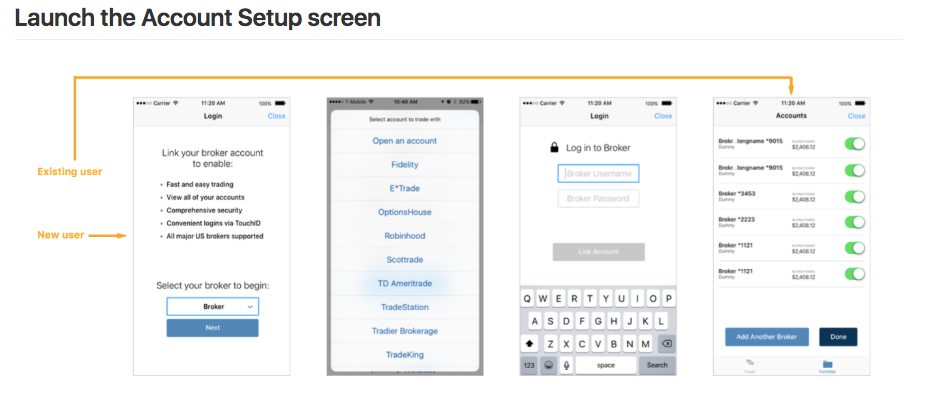Future of Investing
What brokers lost by focusing so much on the desktop experience
- Mobile now represents 65 percent of all digital media time.
- Online brokerage invested heavily in desktop functionality.








